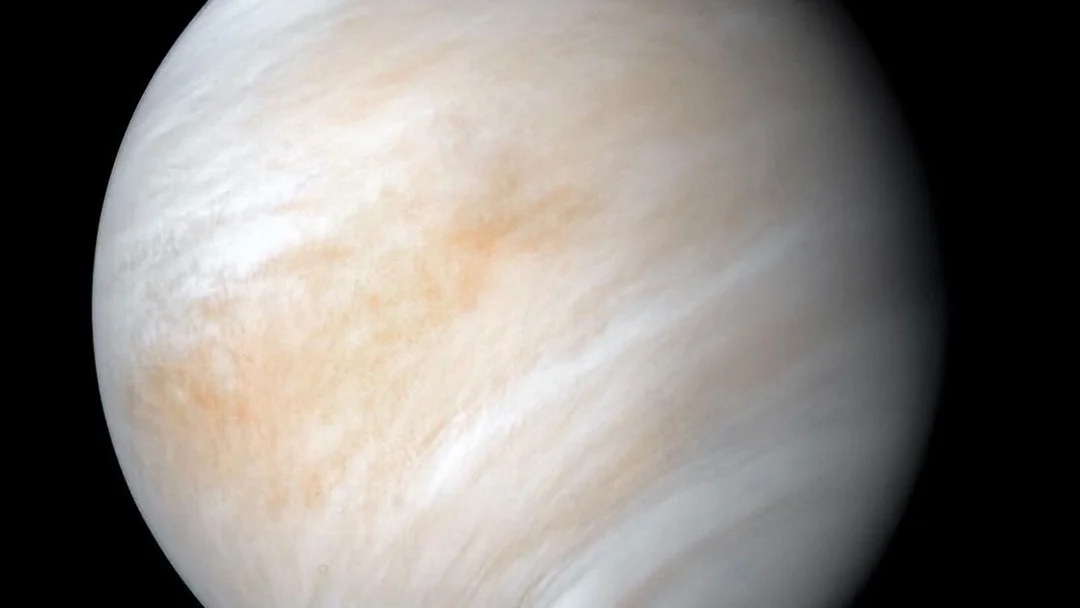
Kosmos 482: The Soviet Spaceship’s Uncontrolled Return to Earth After 50 Years
A relic of the Cold War space race is making an unexpected return. Kosmos 482, a Soviet spacecraft that malfunctioned on its way to Venus in 1972, is predicted to crash back to Earth around May 10th. This event raises questions about the dangers of space debris and the legacy of early space exploration efforts.
Originally intended as a Venera mission to study Venus, Kosmos 482 failed to leave Earth's orbit after its launch on March 31, 1972. An incorrectly set timer caused the engine to cut off prematurely, stranding the spacecraft in a decaying Earth orbit. Now, over half a century later, parts of Kosmos 482 are finally making their descent.

The most significant piece expected to survive reentry is the lander probe, designed to withstand the extreme conditions of Venus's atmosphere. Its robust heat shield and durable structure mean it has a good chance of reaching the ground intact, though its parachute system is likely degraded beyond use. Experts estimate the impact will occur somewhere between 52 degrees north and 52 degrees south latitude, encompassing a vast area of the globe.
Interestingly, parts of Kosmos 482 have already landed. A few days after the launch failure in 1972, titanium pressure vessels rained down on New Zealand. One of these spheres was discovered by a farmer, Dennis O’Sullivan, who initially mistook it for a dead sheep. These spheres became bizarre souvenirs, with one even spending a night in jail!
The risk to people on the ground is considered low, with estimates suggesting a 1 in 25,000 chance of causing deadly damage. However, experts urge caution. If you encounter debris, do not touch it. Contact the authorities, as the spacecraft could contain hazardous materials. Under the 1967 Outer Space Treaty, Russia retains ownership of any surviving debris and may seek to recover it.

The reentry of Kosmos 482 serves as a reminder of the challenges and risks associated with space exploration. Similar incidents have occurred before, such as the reentry of China's Long March 5B booster and the Tiangong-1 space station. Space agencies are now focusing on designing future spacecraft that can be safely deorbited to minimize the risk of uncontrolled reentries.
As we await the return of this piece of space history, it's crucial to remember the importance of debris mitigation and responsible space practices. Kosmos 482's journey highlights the enduring impact of our activities in space and the need for international cooperation to ensure the safety and sustainability of future space endeavors. What are your thoughts on the increasing amount of space junk and how to best address this growing problem?
Share your opinions and perspectives in the comments below!
Related issues news
When will Kosmos 482 crash?
A Soviet-era spacecraft is set to reenter Earth's atmosphere after over 50 years, returning this week from its failed mission to Venus . NASA said Monday that Cosmos 482 will return to Earth sometime between Wednesday, May 7, and May 13. The spacecraft is most likely to begin its decent on Saturday, May 10, though.
How big is Kosmos 482?
They've been tracking the progress of Kosmos 482 — a 500-kilogram failed probe that was launched 53 years ago.
Where will the satellite fall?
The Short Answer: Two things can happen to old satellites: For the closer satellites, engineers will use its last bit of fuel to slow it down so it will fall out of orbit and burn up in the atmosphere. Further satellites are instead sent even farther away from Earth.